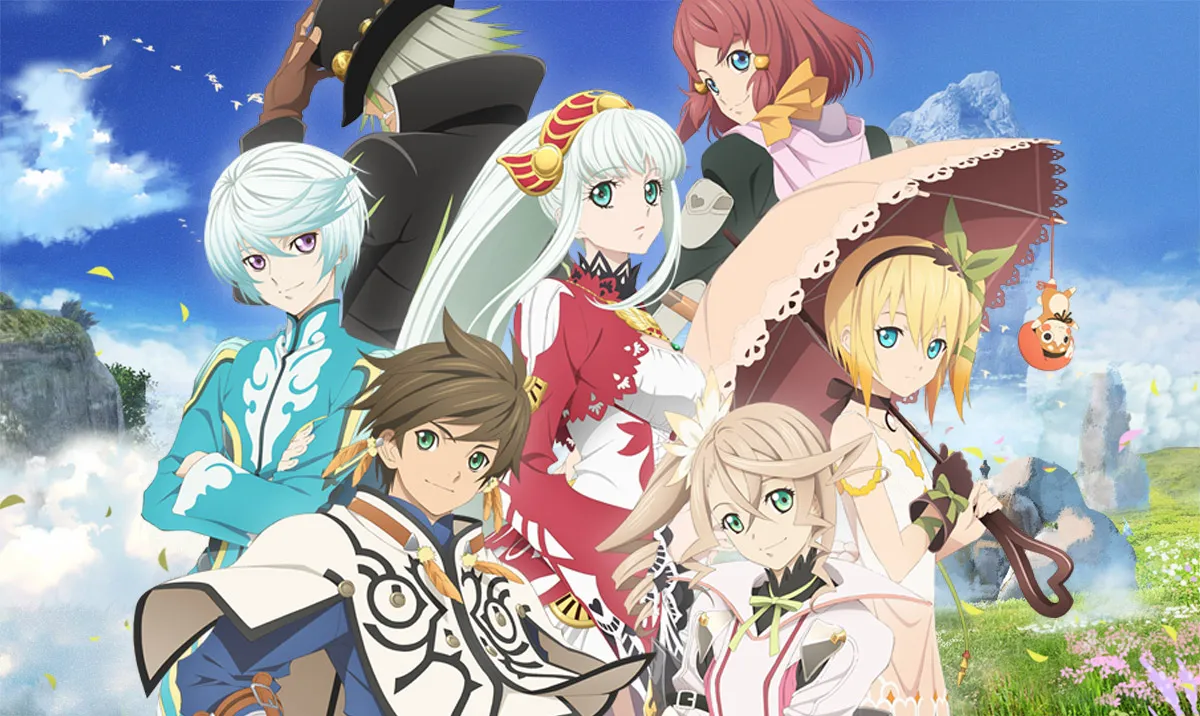A tale of two Shepherds
My history with the Tales series is sort of akin to an on again, off again relationship. I was introduced to Phantasia by way of a friend’s import copy, and immediately fell in love. After that I only dabbled in a few entries before being courted all over again by Vesperia, then went back to dabbling.
But when Zestiria came across my desk, I knew it was time to jump back in again. I’m glad I did.

Tales of Zestiria (PC, PS3, PS4 [reviewed])
Developer: Bandai Namco Studios, tri-Crescendo
Publisher: Bandai Namco Entertainment
MSRP: $49.99 (PC, PS3), $59.99 (PS4)
Released: January 22, 2015 (JP), October 16, 2015 (EU) October 20, 2015 (US)
If you’ve played a Tales game before, you pretty much know what to expect. This is still very much a hero’s journey affair, with the main character Sorey embarking upon an epic quest to become a Shepard and save the world. This is complicated by two warring nations, the evil Heldaf, and the Hellion — monsters created out of pure evil energy. Along the way Sorey will conscript new companions into his crew, including his childhood friend Mikleo.
For the most part, the story stays on point and doesn’t stray from its primary goal of a fantasy epic. Just when you think it’s starting to get crazy with the juxtaposition of humans and the heavenly Seraphim race, Zestiria quickly grounds things with Sorey as a tether, who was raised by the latter but is still a human. It’s all very straight-forward, partially to a fault, and is easy to follow. Zestiria houses a stable of interesting, memorable characters, but they don’t necessarily grow over time. Sorey also sports a bit of a drab persona, but again, it helps that he’s at least likable.
As you may have heard, Zestiria has generated a fair bit of controversy over in Japan when it was released earlier this year. The crux of the issue stems from a character named Alisha, who was heavily promoted before the game’s release, and then relegated to a side character that wasn’t in most of the game — and later sold as DLC. The producer even apologized for it. This in no way effects the review, but it’s something to be aware of in case you might have heard something negative about Zestiria in the past. Ultimately, I’m ok with this being Sorey’s tale.
When it comes to exploration, Zestiria walks a fine line between open environments and too many linear dungeon-like settings. It’s actually more open than both Xillia games, but don’t get the impression that they’re as sprawling as say, Xenoblade Chronicles. I’m ok with this compromise though, as the developers have stuffed a ton of secrets into the game’s universe, including monoliths that grant you information, and cute hidden creatures called Normin that grant you rewards the the effort of finding them. The concise focus also helps make the dungeons less of a slog, and allows them focus more on a centralized theme or puzzle element.
Combat is easily the most meaningful advancement Zestiria has made, however. It’s now a lot more action-oriented, and relies on SC (spirit chain) energy, which adds a new strategic element to the mix. At first players will start off with just 4-hit combos, which are essentially a mash session, but the game quickly ramps up into something much more interesting. For starters, your attacks get stronger as you expend SC, but unloading all of it will leave you vulnerable. To recharge SC you’ll have to guard or stay idle, leaving you open to attack.
It’s interesting, as sometimes you’ll want to go all out on a foe if they’re stunned or if you’re attempting to finish them off, but it can completely backfire. It’s a nice risk-reward system that’s present in every fight, not just boss encounters. Other advanced arts like quickstepping (dodging) come into play on a constant basis. Oh, and certain characters can actually fuse, Dragon Ball style, with Seraphim companions to supercharge their abilities, which is just as fun as it sounds. Everything having to do with character customization is supercharged this time around, actually.
Players can stack skills for each party member to make them stronger, or diversify their elemental loadouts to create new skills. There’s also a host of meta-abilities like snack preparation and discovery, which recharge party member’s health bars and present icons on the minimap respectively. You can even further augment characters with abilities like auto-guard, and alter your AI’s strategic tendencies when you’re not in control. They really went all-out when it comes to the game’s core mechanics.
Like most Tales games, Zestiria has a beautiful art style in tow, with plenty of bright colors and endearing character designs. It has its limitations however, as it is a PS3 game at heart, and longshots typically don’t have the same impact. Also, the camera angle is insufferable at times, especially indoors, and can’t be easily manipulated. Thankfully dual audio comes standard with the western release, and both the dub and sub are well done. You can also alter the battle difficulty at any time, lengthy combo input windows, utilize fast-travel, skip cutscenes, and even skip individual lines of dialogue. Oh, and players can save anywhere with a quick save system, which is convenient.

Tales of Zestiria plays by the book in a lot of ways, particularly when it comes to its cast and narrative. But it’s still a great entry into the series, and a welcome return for old fans, especially as far as the battle system is concerned. In fact, it’s even inspired me to go back and finish both Xillia titles — that’s the magic of the Tales series at work.
[This review is based on a retail build of the game provided by the publisher.]





Published: Oct 20, 2015 10:00 am